
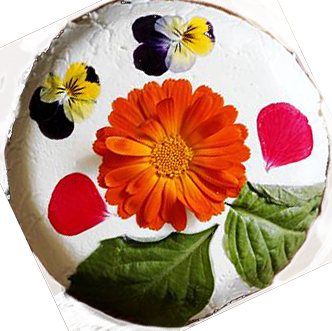



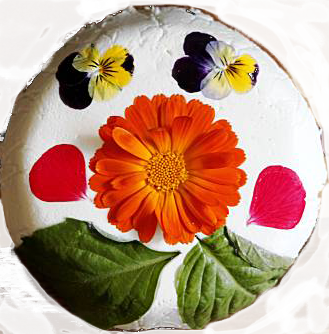

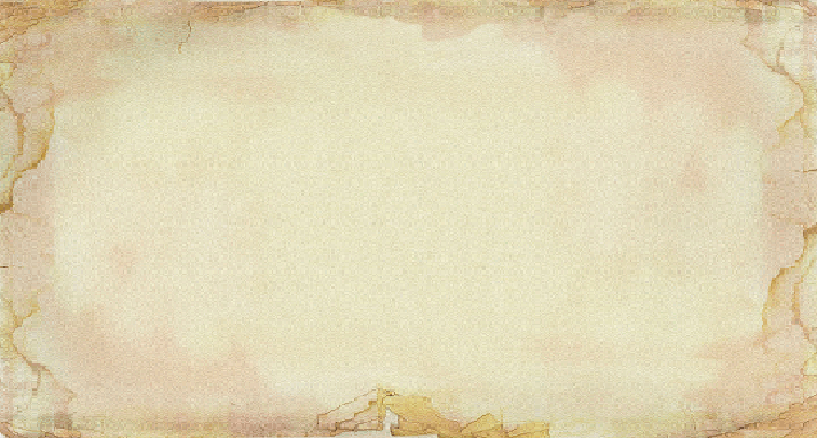
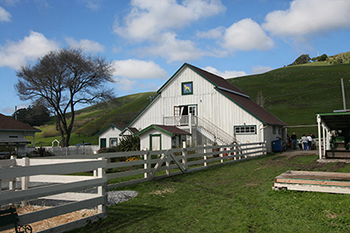
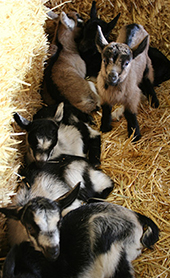


Throughout the site, rollover the images for a bigger view!
Welcome to my documentary site! This quarter, we focused on documentary story-telling, which involved a research paper in English, a photobook in Design and a website and audio slideshow in Web. All those, of course, are on this website so feel free to explore.
When we found our topics for our documentaries, we knew we had to write a research paper as part of it. Although we had a topic for our photobook and audio slideshow, our essay topic still needed some development. After all, I couldn’t have just written a 10-page essay solely on a goat cheese farm (although that would have been fun), there had to be an objective to our argument. I chose my objective after doing lots of research about farms, agriculture and food in general. I ended up with my final essential question because I thought it was an interesting topic that others, as well as myself, could learn more about. My essay will hopefully teach readers the hazards of commercial agriculture and how such hazards can be turned around through local farms. My essential question thus is: How can local farms solve major world problems?
Our assignment was to create an audio slideshow based on our documentary topic. An audio slideshow is a collection of pictures with bits of audio attached to each one. Audio slideshow’s are actually a lot more common than people realize. Now that I know what one is, I see them a lot around various sites.
What we did was we first made a practice slideshow with placer images, music and text. After we shot pictures and interviewed people for our documentary, we replaced the practice images, etc with the real content.
For design, I made a photobook out of the pictures I took of Harley Farms. Our assignment was to integrate text (our research paper) with images. After studying various examples of photobooks, shooting the pictures, editing them in Photoshop, we were ready to layout our book in InDesign. Doing all that really made me appreciate photography a lot more. It really does take a lot of work to tell a story through pictures. All and all, it was a lengthy process, but I’m proud of what I learned and what ended up as the final product. Be sure to check out my full-page spreads and my photo grids—those are definitely the pages I’m most proud of.
I wanted the background music on the home page to be soothing and soft. It was important to me for the music to be able to connect viewers to a very natural, rural atmosphere.
In all our units at Freestyle so far (self-portrait, narrative, documentary) we were supposed to tell a story through writing, pictures, and websites. In the self-portrait unit, we were supposed to tell a story by reflecting on ourselves. In the narrative unit, we told stories through different characters. Now, in the documentary unit, we use facts, characters, and our own voice to make our reports.
In Design, we learned photo journalism ethics, as in portraying something honestly. In Photoshop, we learned how to highlight a point without distorting the meaning of the photograph.
In English, we learned how to blend facts with narration with our papers. This unit was focused on making a point and backing it up with facts.
In Web, we learned how to conduct and record interviews. We also learned how to use Pro Tools to edit our interviews. In addition to the audio slideshow, another requirement for Web was to use two javascript items in our sites. My two were spry tabs, which you can see on the Bios page, and the expando images, which are scattered throughout the site. The expando images were tough to work with at first, but they’re fun.
Have fun looking through my third website at Freestyle!

